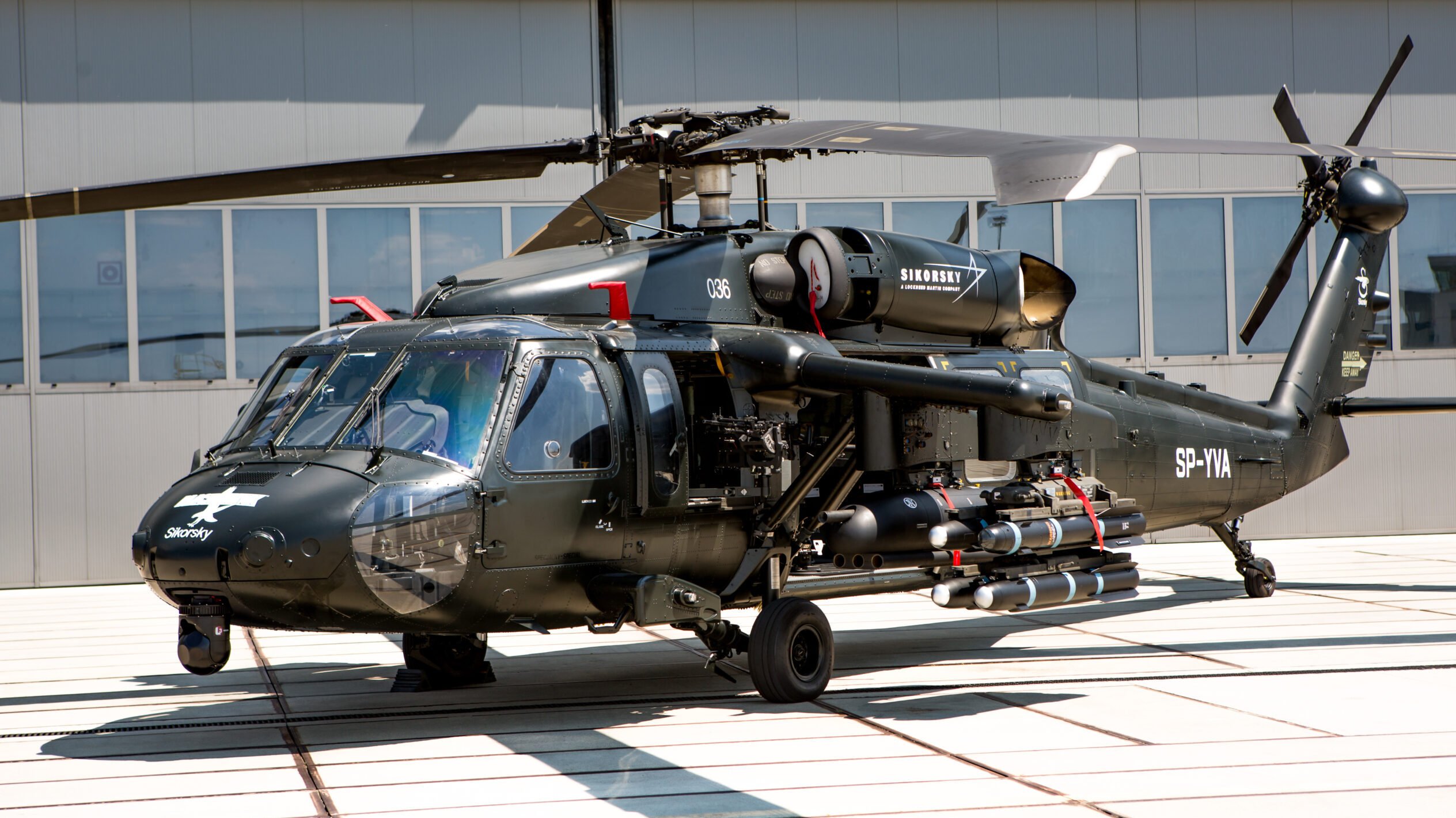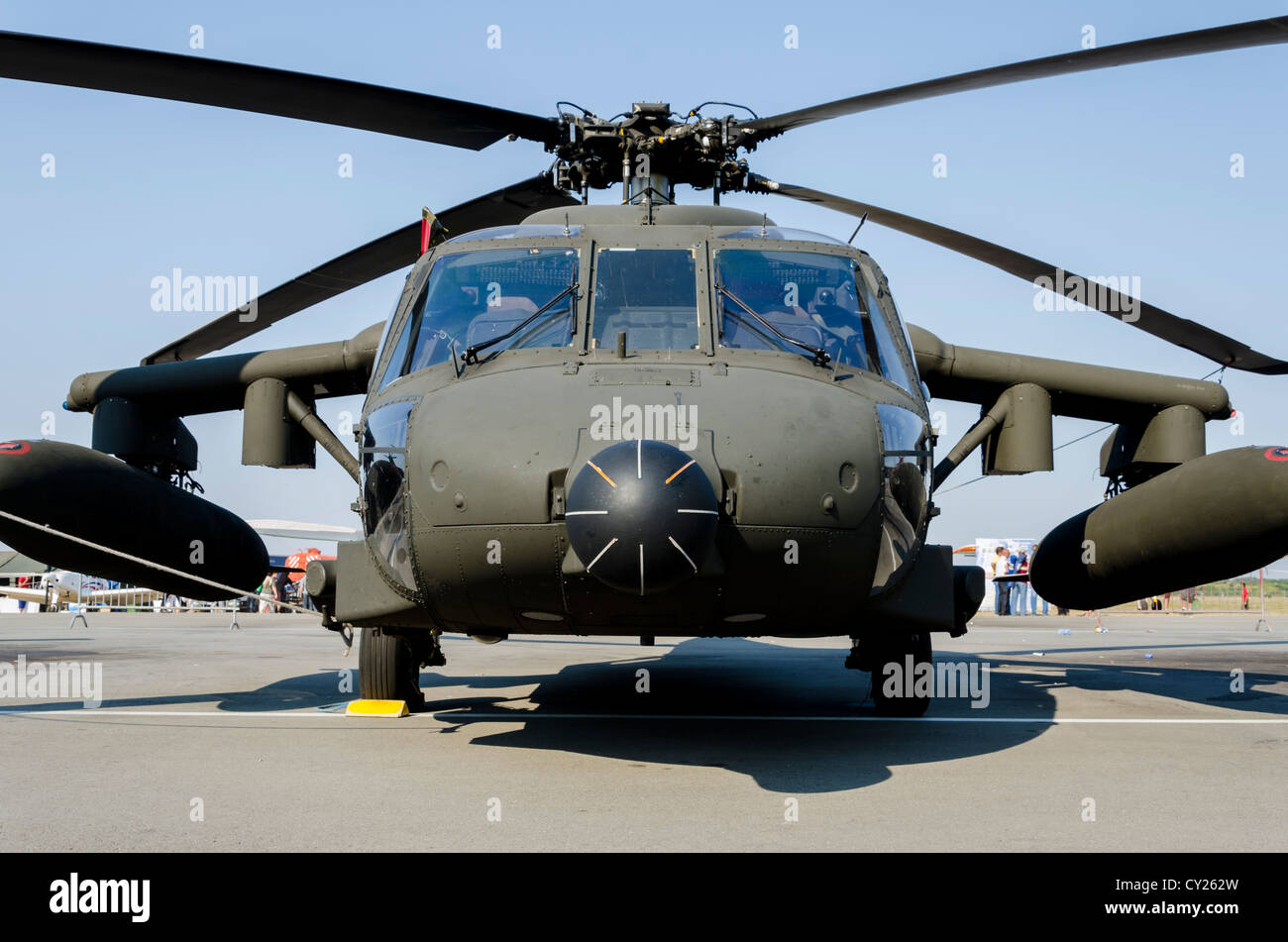How the Sikorsky S 70 Stands Apart in the Helicopter Market
How the Sikorsky S 70 Stands Apart in the Helicopter Market
Blog Article
Rotary-Wing Aircraft Offering Superior Toughness and Accuracy Design
In the realm of aviation, rotary-wing airplane have long been recognized for their distinct capabilities in various functional settings. As we explore the elaborate balance between advancement and reliability in rotary-wing airplane, it comes to be apparent that the convergence of innovative innovation and proven design principles has established a brand-new criterion for efficiency and effectiveness in the aerospace sector.
Advancement of Rotary-Wing Technology
Throughout the history of aeronautics, the development of rotary-wing modern technology has been a testament to constant innovation and innovation in aeronautical engineering. From the early days of vertical trip with rudimentary designs to the sophisticated helicopters and other rotary-wing aircraft of today, the progression in this area has been exceptional.
In the very early 1900s, pioneers like Igor Sikorsky and Juan de la Cierva made considerable strides in rotary-wing modern technology. Sikorsky's VS-300 helicopter, first flown in 1939, noted a pivotal minute in the advancement of practical rotary-wing airplane. This success led the way for additional developments in vertical flight abilities.

Today, rotary-wing aircraft play critical duties in different markets, including military operations, emergency clinical services, law enforcement, and business transport. The development of rotary-wing innovation remains to push the boundaries of what is feasible in vertical flight, making sure that these aircraft remain crucial possessions in the aeronautics market.
Products and Building And Construction Innovations
Showing a blend of cutting-edge materials and exact building strategies, rotary-wing airplane have undertaken substantial advancements in durability and efficiency. One of the essential advancements in products utilized for rotary-wing airplane is the increasing utilization of composite products. These materials, such as carbon fiber enhanced polymers, offer a high strength-to-weight proportion, improving both the architectural stability and overall performance of the airplane. Additionally, developments in producing processes have actually enabled even more complex and exact construction of rotary-wing parts, adding to enhanced aerodynamics and efficiency.
In addition, the integration of sophisticated finishings and surface treatments has actually played an important duty in enhancing the toughness of rotary-wing aircraft. These finishings supply protection against corrosion, abrasion, and severe climate condition, expanding the life expectancy of the airplane and decreasing upkeep needs.
In regards to building and construction developments, additive production, also understood as 3D printing, has actually changed the manufacturing of facility elements for rotary-wing aircraft. This modern technology enables rapid prototyping and customization, resulting in much faster development cycles and reduced costs. Overall, the continuous evolution of products and construction strategies is driving the abilities and performance of rotary-wing aircraft to new heights.
Precision Flight Control Systems

The assimilation of GPS technology even more enhances the precision and dependability of these systems, allowing for accurate navigation, this link waypoint tracking, and automated trip control. sikorsky s 70. This degree of precision not just boosts the safety of rotary-wing operations however likewise boosts general functional performance and mission effectiveness
Moreover, the constant innovations in man-made knowledge and device learning have promoted the growth of autonomous flight abilities within Accuracy Trip Control Systems. This makes it possible for rotary-wing aircraft to do intricate objectives with unrivaled precision and consistency, making them vital properties in a variety of applications, including military procedures, search and rescue missions, and airborne digital photography.
Longevity in Testing Environments
In demanding operational setups, rotary-wing airplane demonstrate outstanding resilience and robustness, guaranteeing optimum performance under tough ecological conditions. These aircraft are created to endure a large range of environmental elements, including extreme temperatures, high winds, and rough terrain, making them appropriate for different objectives in varied landscapes.
One crucial variable adding to the durability of rotary-wing aircraft is their rugged construction. These aircraft are built using top quality materials and advanced engineering techniques to enhance their structural integrity and reliability. Additionally, parts such as rotor blades, engine systems, and touchdown equipment are thoroughly created to stand up to the stress and tensions encountered throughout procedures in difficult atmospheres.
Furthermore, rotary-wing airplane are outfitted with advanced onboard systems that keep an eye on performance metrics in real-time, permitting aggressive upkeep and early discovery of possible problems - sikorsky s 70. This proactive strategy aids avoid unexpected failings and makes sure the continued airworthiness of the airplane sought after operational setups. Generally, the resilience of rotary-wing airplane in difficult environments is a testimony to their exceptional engineering and style, making them important assets for numerous mission-critical operations
Upkeep and Dependability Standards
The adherence to rigorous maintenance and integrity requirements is paramount in making certain the optimal efficiency and safety of rotary-wing airplane. Routine upkeep see this page checks, conducted by qualified specialists, are essential to determine and resolve any type of possible issues prior to they compromise the aircraft's capability. These checks encompass a detailed examination of all vital parts, including the engine, rotor system, avionics, and hydraulic systems, to assure that they remain in prime working condition.
In addition, adherence to scheduled maintenance intervals in conformity with manufacturer guidelines is vital for upholding the aircraft's dependability. This aggressive approach helps stop unanticipated breakdowns and guarantees that the airplane continues to be airworthy for its desired missions. Furthermore, the application of durable integrity criteria, such as routine component testing and replacement based on established lifecycles, additionally boosts the airplane's stability.
Verdict

To conclude, the developments in rotary-wing aircraft technology have resulted in exceptional sturdiness and precision engineering. With innovative materials here are the findings and construction techniques, in addition to accuracy trip control systems, these airplane can operate in tough environments with increased integrity. The upkeep and dependability requirements guarantee that these rotary-wing aircraft continue to perform at their ideal, making them important possessions for numerous markets.
Demonstrating a fusion of cutting-edge products and exact building techniques, rotary-wing airplane have undergone substantial improvements in sturdiness and performance. One of the vital advancements in materials made use of for rotary-wing aircraft is the increasing application of composite materials.With thorough focus to detail and advanced technical integration, rotary-wing aircraft have actually embraced Accuracy Flight Control Equipment as a foundation of their operational quality. Overall, the longevity of rotary-wing aircraft in challenging atmospheres is a testimony to their remarkable design and style, making them indispensable possessions for numerous mission-critical operations.
In verdict, the developments in rotary-wing airplane technology have actually led to premium sturdiness and accuracy engineering.
Report this page